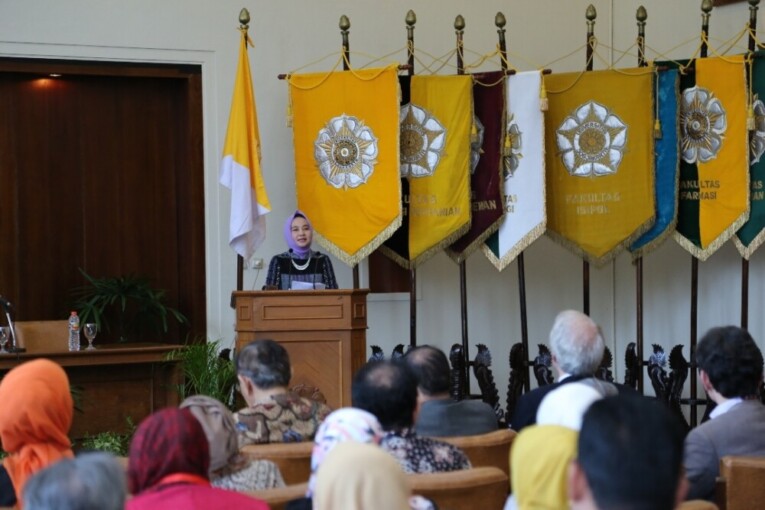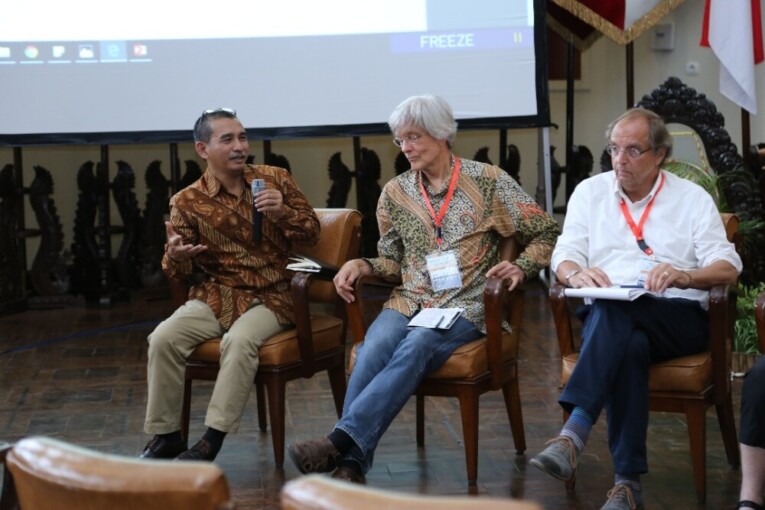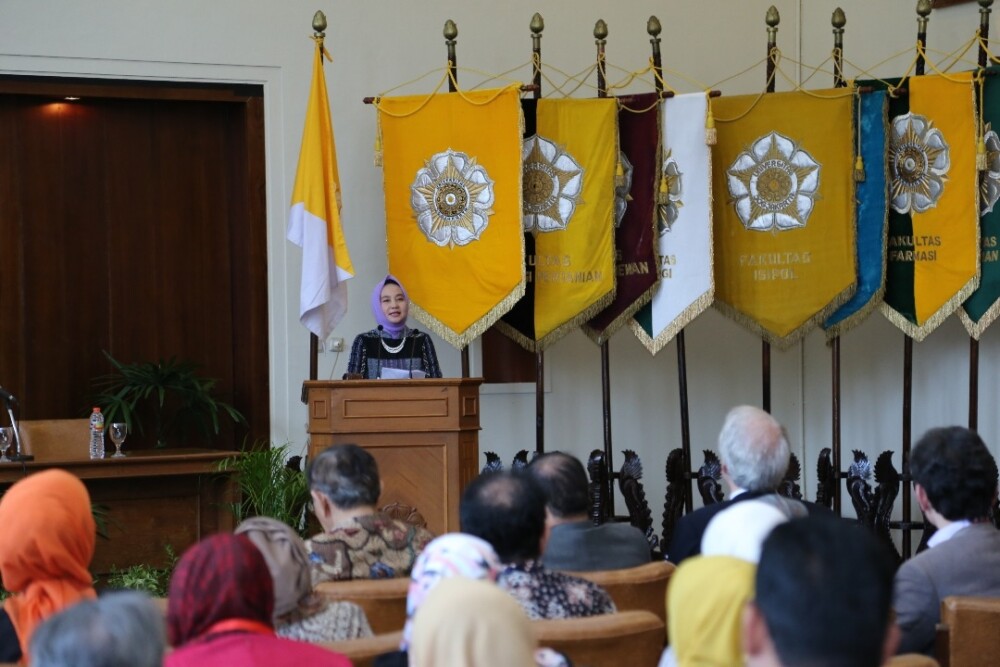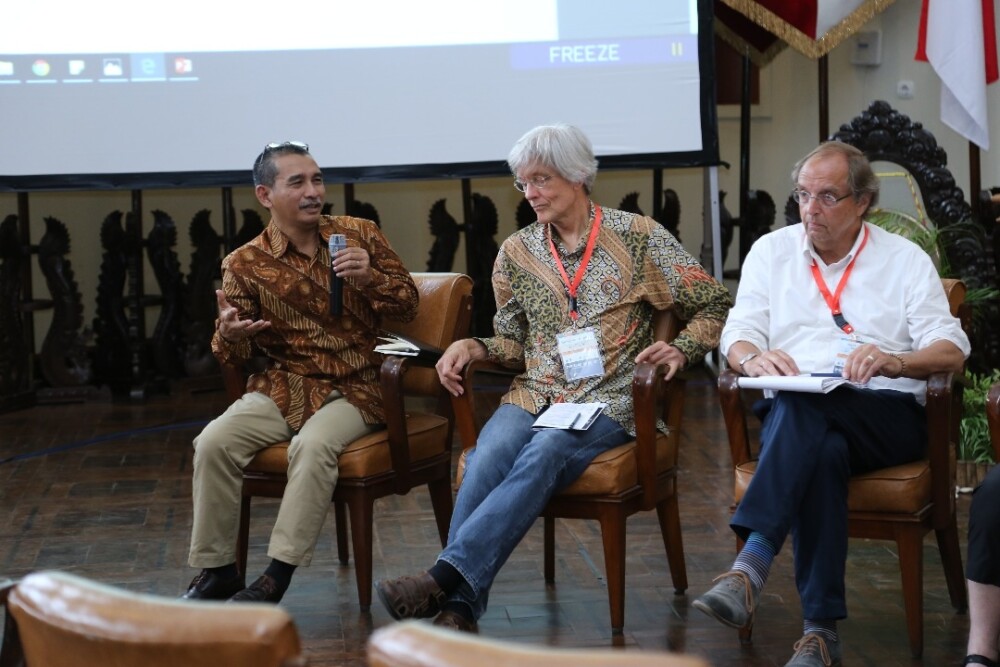As a nation with the land area up to 1.9 million meter square in size, Indonesia has huge natural resources. Therefore, the current geospatial map and information which have high accuracy regarding the frontal and outer islands along the border areas are needed in order to maintain the territorial integrity and encourage the national defense and security system. However, reality shows that existing geospatial information is not adequate nor up-to-date.
A State Political Expert of National Resilience Institute of Indonesia, Sukendra Martha, said there are several factors which cause the unavailability of adequate geospatial information, including limited funds, there is no institution responsible for it, the wide areas which have to be mapped as well as the gap between the demand and the implementation of current mapping. According to Sukendra, the government has to organize improvement by using systematic mapping and updating geospatial data for regional autonomic necessities. “The rate of geospatial data availability cannot catch up and fulfill the need of the user,” said Sukendra during his open examination for doctoral promotion at Faculty of Geography UGM on Monday (15/5).
He further said the government particularly the Geospatial Information Institution has to utilize the research result by the help of remote sensing imagery for providing geospatial data and information and accelerate the update of basic and thematic geospatial information.
The research conducted by Sukendra regarding the utilization of remote sensing imagery in arranging the current basic and thematic geospatial information in Indonesia shows that existing geospatial information does not cover all of Indonesia territories, particularly the medium and large scale maps, so these cannot yet fully support the national development. Therefore, the government has to encourage and oblige all the policies on regional development planning and implementation to be based on the national geospatial information.
He emphasized LAPAN (Indonesian National Institute of Aeronautics and Space) and BIG (Geospatial Information Institute) which have authority in servicing, providing, and utilizing the remote sensing imagery to organize the synchronization for encouraging operationalization updating model of basic and thematic geospatial information throughout Indonesia.






